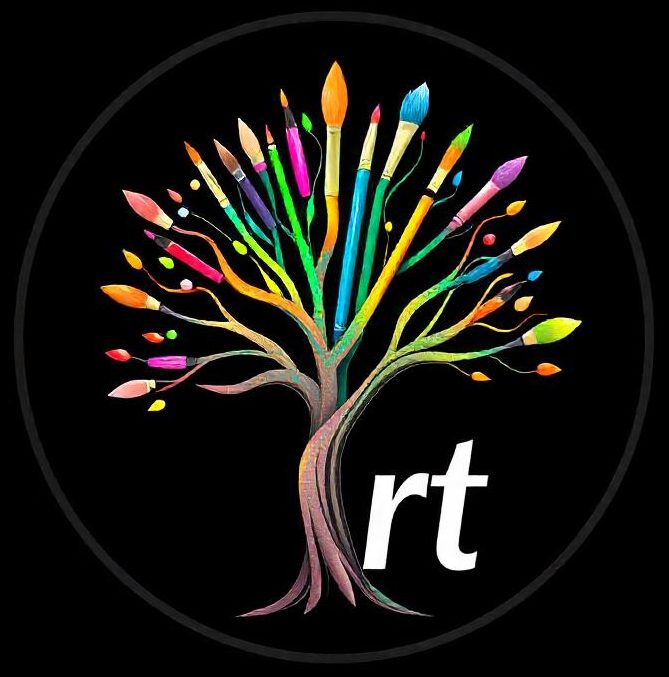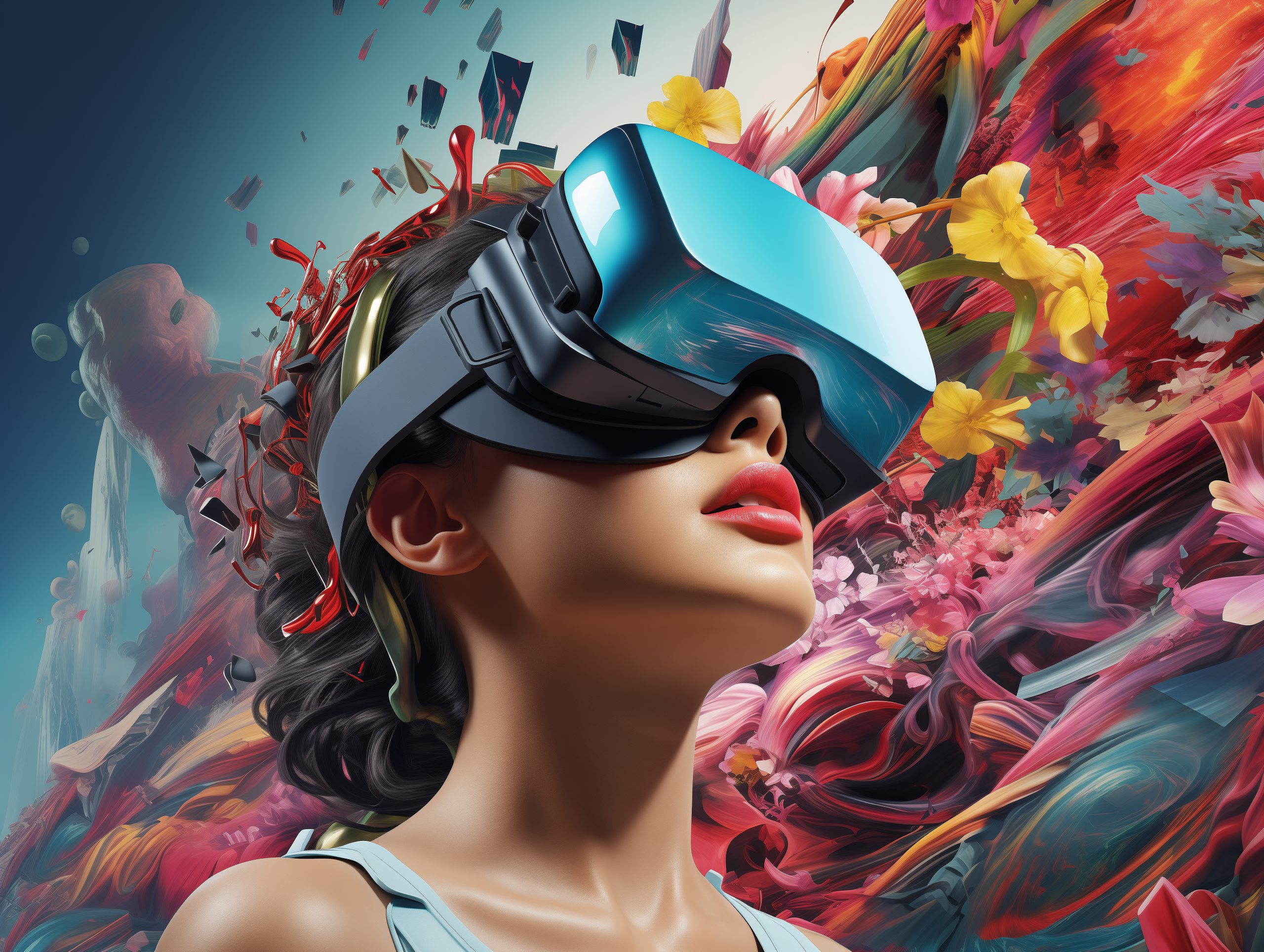In recent years, digital art has emerged as a powerful force in the art world, reshaping how artists create and how audiences experience art. As technology continues to evolve, digital platforms have opened new doors for creativity, allowing artists to experiment with new mediums and explore boundless possibilities. In this article, we dive into the rise of digital art, its impact on traditional creative expressions, and what the future holds for this innovative art form.
The Advent of Digital Art: A New Era of Creativity
Digital art refers to any form of art created using digital technology as an essential part of the creative process. From digital paintings and illustrations to 3D modeling and virtual reality (VR) experiences, digital art encompasses a wide variety of mediums. While digital tools have been used for creative expression for decades, the rapid advancement of technology, particularly in areas like graphic design software, tablet computers, and AI-assisted art creation, has propelled digital art into the mainstream.
Artists now have access to limitless resources that were once unavailable, from complex software that allows for detailed manipulation of images to digital canvases where they can experiment with colors and textures without the constraints of physical materials. This shift in technology has made art more accessible, more versatile, and, for many, more cost-effective.
How Digital Art is Challenging Traditional Boundaries
One of the key aspects of digital art is its ability to blur the lines between traditional artistic boundaries. Artists are no longer confined to physical mediums like oil paint, clay, or pencil. They can create entire works of art within digital platforms, combining traditional techniques with digital innovation. Digital art allows for infinite editing, layering, and tweaking, giving artists unprecedented control over their creations.
Moreover, digital art has enabled the creation of interactive pieces and virtual galleries, which can engage audiences in entirely new ways. Virtual reality (VR) and augmented reality (AR) are transforming the viewer experience, allowing individuals to step inside a piece of art or interact with it in real time. This level of immersion and interaction is a departure from traditional forms of art, which often limit the viewer to a passive role.
The Influence of Social Media and Online Platforms
The rise of digital art has also been closely tied to the growth of social media and online platforms. Social media platforms like Instagram, TikTok, and Behance have become vital tools for digital artists to showcase their work to a global audience. These platforms allow artists to connect with a broader, more diverse community and gain visibility that might have been impossible through traditional galleries and exhibitions.
Additionally, online marketplaces and platforms such as NFTs (Non-Fungible Tokens) have given digital art its own place in the art world. The concept of digital ownership, facilitated by blockchain technology, has opened up new revenue streams for artists, enabling them to sell and trade their digital creations as unique assets.
The Benefits of Digital Art
- Accessibility: Digital art is more accessible than traditional art forms, both in terms of cost and the materials needed. Artists no longer need to purchase expensive physical materials like canvases, paints, and brushes. With just a tablet and the right software, they can create intricate, detailed pieces.
- Flexibility and Versatility: The ability to easily edit and manipulate digital artwork allows for greater experimentation. Artists can easily alter designs, test out new ideas, or work on multiple variations without worrying about wasting materials.
- Global Reach: Digital art can be shared instantly across the globe, reaching a much wider audience than physical art, which may be limited by geography. This democratization of art is particularly important for emerging artists who may not have the resources to exhibit in traditional galleries.
The Future of Digital Art
The future of digital art seems limitless. As AI continues to evolve, we can expect to see even more innovative tools that assist in the creation of digital art. AI-driven art programs are already capable of generating stunning artwork based on minimal input, raising questions about the role of human artists in the creative process.
Furthermore, the integration of digital art into virtual worlds and metaverses will likely play a significant role in the next phase of digital art’s evolution. Virtual exhibitions, augmented reality, and VR will continue to shape the way audiences engage with art, offering new, immersive experiences that go beyond traditional gallery visits.
While digital art is still evolving, one thing is clear: it is transforming the landscape of creative expression. As technology advances and new mediums emerge, digital art will continue to push the boundaries of what art can be, making it more inclusive, innovative, and impactful than ever before.
Conclusion
The rise of digital art represents a revolution in how we create and experience art. With its limitless possibilities, from interactive and immersive experiences to the use of AI and NFTs, digital art is reshaping the future of creative expression. As technology continues to progress, digital artists will only find more opportunities to explore new horizons, pushing the art world into exciting new directions. Whether you’re an artist, a collector, or an art enthusiast, the world of digital art is one to watch closely in the coming years.


